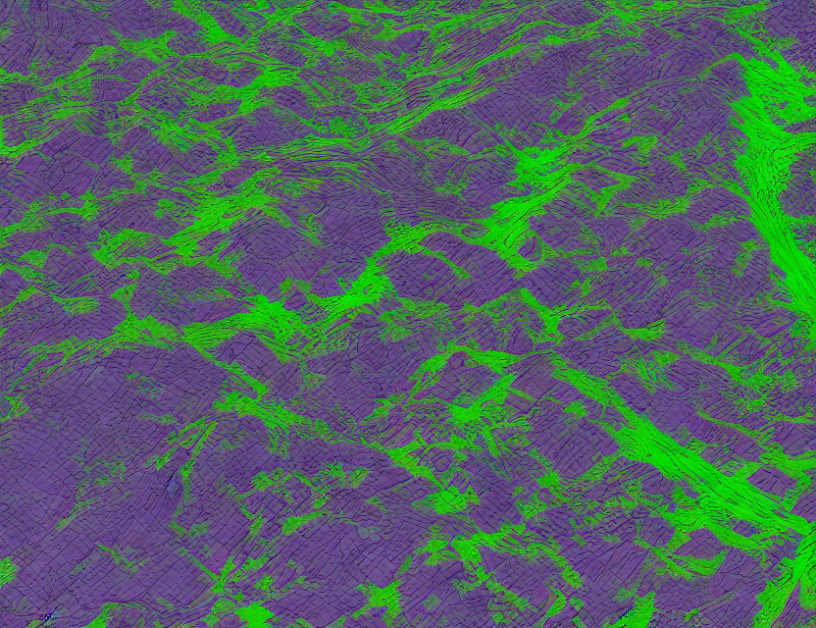Neural Radiance Fields (NeRF) are a type of machine learning model that can create photorealistic images of 3D scenes. In this article, researchers propose a new approach to NeRF called "Tensor-based NeRF" which improves the quality of the generated images and makes them faster to render.
To understand how Tensor-based NeRF works, imagine you have a bunch of different colored marbles in a jar. Each marble represents a point in 3D space, and the color of each marble corresponds to the RGB values (red, green, blue) of that point. Now, imagine you want to take a picture of this jar from different angles. The neural network in NeRF helps us map these marbles to their corresponding RGB values, so we can create an image of the jar from any angle.
The problem is that traditional NeRF models use too many marbles (called "sample points") and they take a long time to render images. Tensor-based NeRF solves this problem by using fewer sample points while still maintaining high-quality images. The authors compare their approach to using a fewer, more strategically placed marbles in the jar. This way, they can create just as many colors (RGB values) without wasting any space or time.
Another advantage of Tensor-based NeRF is that it can handle "dynamic" scenes, where objects are moving or changing shape. Traditional NeRF models struggle to keep up with these kinds of scenes, but Tensor-based NeRF can adapt and change its representation in real-time. Imagine you’re playing a game of catch with your friends, and the ball is moving around in mid-air. Tensor-based NeRF can help create a photorealistic image of the scene as it changes, without any lag or distortion.
The authors also propose a new way to train these models called "Panoptic Neural Fields" which incorporates both semantic segmentation (classifying objects into different categories) and neural volume rendering. This allows for more accurate and detailed images of the scene, with better object recognition and shading. Imagine you’re in a virtual museum, looking at a painting of a landscape. With Panoptic Neural Fields, you could not only see the colors and shapes of the painting but also identify the different objects (like trees, mountains, or buildings) and how they relate to each other.
In summary, Tensor-based NeRF is a new approach to creating photorealistic images with NeRF models that uses fewer sample points while maintaining high quality. It can handle dynamic scenes and incorporates semantic segmentation for more accurate object recognition. Imagine you have a magic jar of marbles that can create any image you want, without any lag or distortion. Tensor-based NeRF is like that magic jar, but instead of using too many marbles, it uses just the right amount to create stunning images in no time!
Computer Science, Computer Vision and Pattern Recognition
Neural Lidar Fields for Novel View Synthesis



